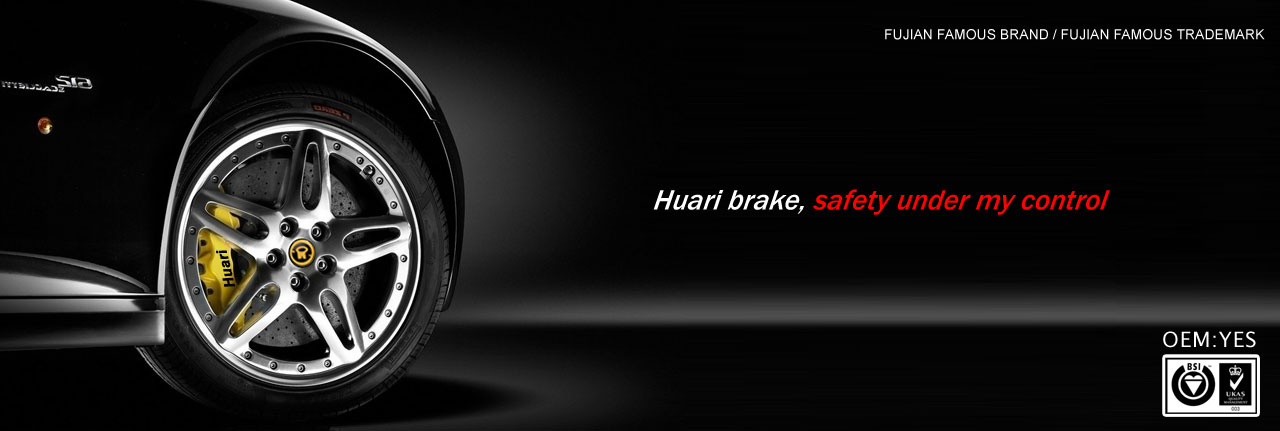6 car wash do’s and don’ts
Car finishes suffer from more than just dirt and bird droppings. Acid rain can eat into the paint, and hard water can leave mineral deposits on the surface. Other things that can hurt your car’s finish include:
• Oxidation – Prolonged and unprotected exposure to sunlight, acid rain and severe weather can turn paint dull and chalky.
• The wrong cleaning materials – Polyester towels scratch paint, as do dirty sponges and wash mitts. Harsh dishwashing detergents will strip wax from the paint, and household glass cleaners with ammonia can damage rubber/vinyl parts and aftermarket window tinting.
• Winter roadway deicers – Be sure and remove roadway deicing deposits from your vehicle as soon as possible.
• Brake pad dust – Brake wear deposits dark dust on wheels, which can be difficult to remove and may pit the finish if not cleaned away regularly.
The best way to protect your car’s finish is to wash it often, using a large-pore sponge or wool wash mitt that lifts dirt off the surface. Dry the vehicle with soft cotton or microfiber towels that have a deep nap to help prevent scratches. Use polish to buff out scratches and swirl marks, and seal the finish with natural or synthetic wax. Use appropriate cleaners and protection products to keep trim, tires, wheels and auto glass looking good.
6 car wash do’s and don’ts
A sparkling clean car isn’t just for show. Keeping a vehicle in good cosmetic condition increases its lifespan and resale value. Here are some pro tips for cleaning your ride:
Don’t go too long between washes. Experts recommend washing every one to three weeks and waxing every season, depending on weather, local driving conditions and vehicle usage.
Do hand wash your car or take it to someone who will. If you use an automated car wash, choose one with cloth brushes that are less likely scratch the paint.
Don’t wash your car in direct sunlight or when the finish is hot. High temperatures cause liquids to dry quickly, leaving spots and mineral deposits on the paint.
Do gather supplies before you start, including a bucket; sponges or mitts; soft brushes; towels, chamois, squeegees or blowers for drying; and any necessary cleaners and protection products.
Don’t use dishwashing detergent or household glass cleaners that contain ammonia. The harsh chemicals in these products can strip away wax and cause damage to paint, rubber components and aftermarket window tinting.
Do start by cleaning the wheels and tires, then wash and rinse one section of the body at a time, working from the top down. Use back and forth motions rather than rubbing in circles that can leave swirl marks.
2016-09-07 20:30:26
ADD:No. 1, Xiaban, Xiufeng Village, Shekou Town, Fu'an City, Ningde City, Fujian Province TEL:0086-0593-6388368||6558596 FAX:0086-0593-6338966 E-mail:brake@fjhuari.com / huari3348@126.com
Copyright ? 2013 Fujian Huari Automotive Parts Co., Ltd. All Rights Reserved.
Copyright ? 2013 Fujian Huari Automotive Parts Co., Ltd. All Rights Reserved.







